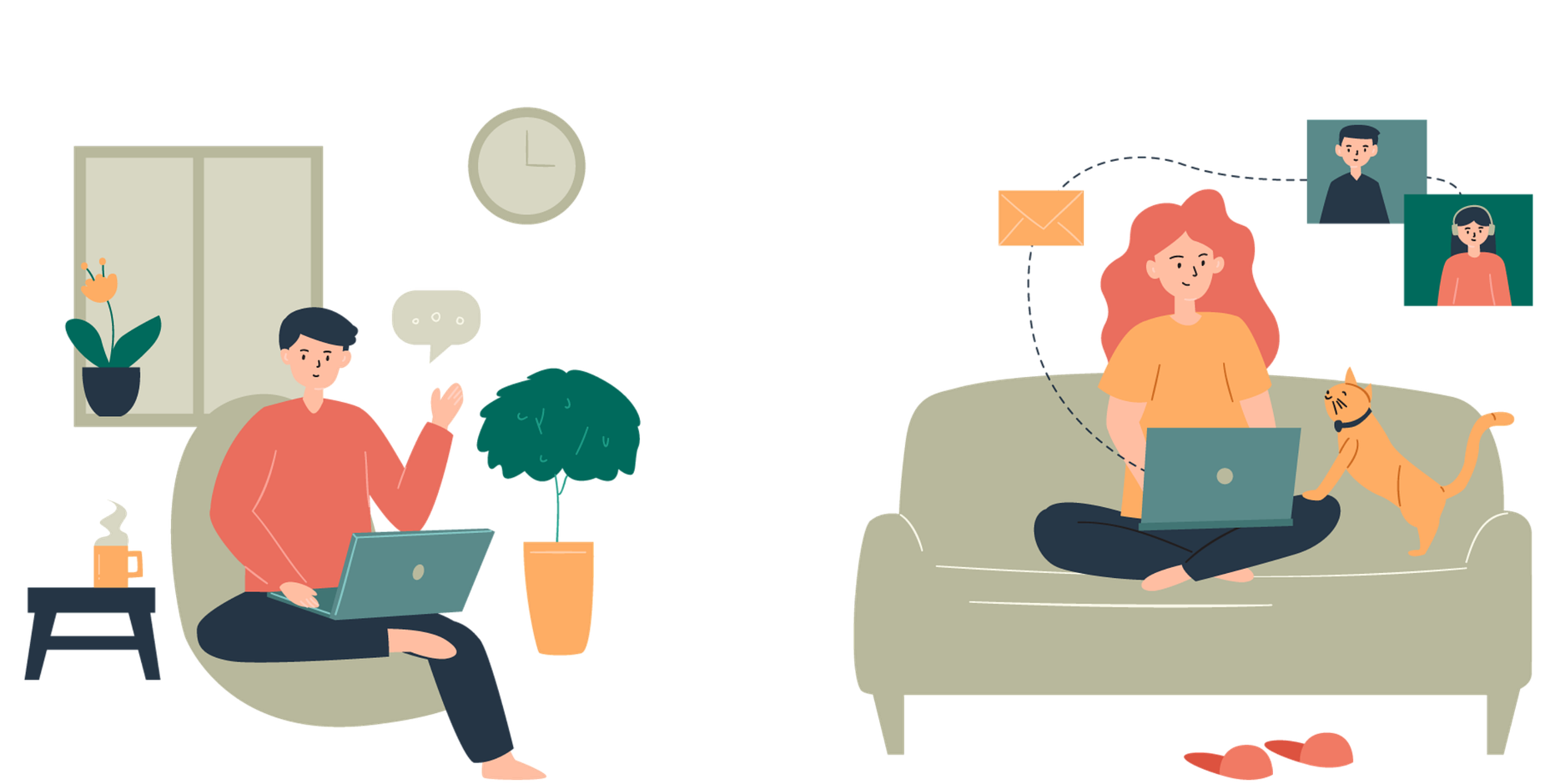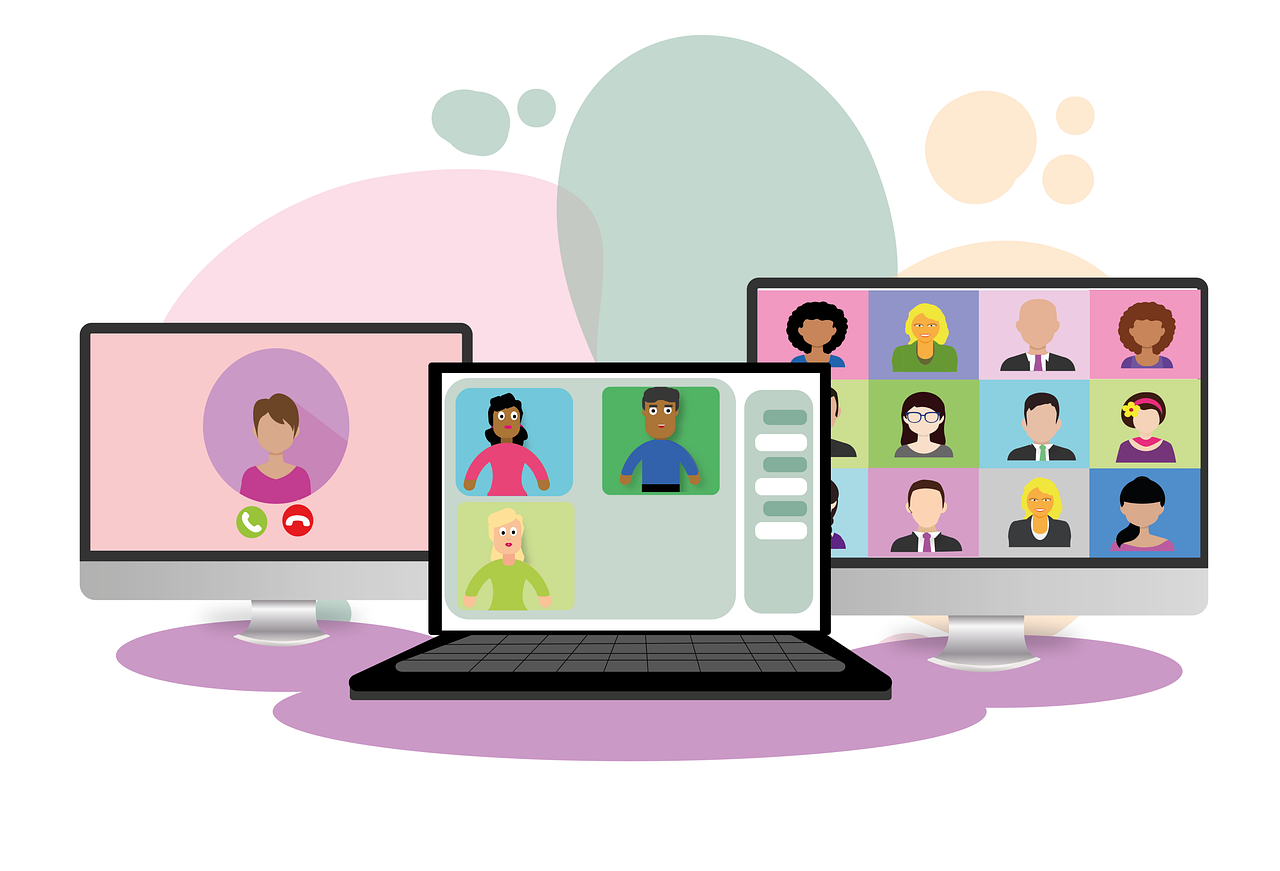An endless battle with the snoozes starts once the 7 am alarm clock rings; after some time, your eyes pop open, perhaps a quick breakfast? No, it's too late, maybe a snack to munch on the go. You find your keys, then grab your lunch box, you give a good day kiss to your loved ones, and you're immediately off to the race. Deja vu? It's the morning rush from 2019.
In early 2020, the world began the largest work from home (WFH) experiment triggered by the COVID19 pandemic. The transition to remote work of our office in Serbia went smooth, supported by technology and video conferencing. In four months, we successfully managed the logistics of bringing in 15 cargo aircrafts with 720 tons of urgently needed medical supplies; we helped design new digital solutions to combat the disease; we created calls to challenge people for innovative ideas in times of crisis. The morale was high. We proved that we could do the work from anywhere. The office programme delivery doubled, staff reported higher productivity and people started to ask: do we need the office?
By May 2020 the epidemiological situation started to improve, invitations for live meetings with our partners reappeared and we started a gradual return. But not for long. Another Covid-19 wave hit us in June. Hello, square one, nice to see you again!
Obviously, it was time for new strategies for these difficult times. We needed to be able to conduct business safely and maintain our staff wellbeing in the long run.
Let me share with you some insights on how we navigated our way through this challenging period.
Unity of efforts (goodbye square one):
Don't underestimate the power of collective thinking in times of uncertainty. The first thing we did in tackling the situation is to ask staff to volunteer in a taskforce. The main goal of this team was to think of a plan for the office modus operandi for the foreseeable future, at least until a vaccine is in place. We put together the knowledge and experience of six staff members, all their creativity and energy going into coming up with an effective plan. The results were amazing, from designing COVID19-related email signatures to office reconfiguration, creating mobile applications to improving collaboration and protocols to deal with external partners, events and travel. Thanks to the task force recommendations, we also designed a WFH kit, to help staff make their WFH environment as pleasant and productive as possible.
As our Resident Representative Francine Pickup said, we are looking at reframing the ‘back to office’ issue, by being committed to learn from the crisis and build forward better, rather than return to before or flip-flopping between home and office according to the situation.
While its negative impact on people’s lives and livelihoods is undeniable, the COVID-19 also brought an opportunity to improve our ways of working, enhance staff engagement and wellbeing, as well as performance.
Back again to the main question, do we still need the office?
Why do we need people to return to the office? At the outset, many leaders anticipated that employee performance would significantly deteriorate while WFH; however, this was not the case. In a survey conducted by UNDP Serbia in Sep 2020, 62% of staff responded that they work just as effectively from home as they do from the office, while 22% claimed that they worked even more effectively from home. When we asked colleagues to identify the positive consequences of WFH, they reported various advantages, e.g. no commuting, better time management, healthier eating habits etc. These results are almost universal in all global surveys. In short, most white-collar employees made the transition to virtual work well; in fact, many are enjoying it.
Why then not stay virtual?
Eight months after being in the WFH accidental global experiment, our emergency response started to wind down with a "moment of clarity" following. The technologies that have made WFH a possible reality, have also begun to take their toll on staff. The boundary between the office and home became blurry, organisations started to have excessive virtual meetings to generate a feeling of an office and unity, and homes began to turn into offices and schools.
In the same survey done by UNDP Serbia, when we asked staff to identify the negative consequences of WFH, among the most frequently identified issues the team mentioned missing their collaboration with their colleagues. One can't underestimate the power of unplanned interactions that help people stay informed, connected and feel they are an important part of something bigger. Other consequences included lack of team critical thinking and brainstorming, isolation, lack of recognition and difficulties in onboarding new staff.
The best of both worlds?
The future of offices became a controversial subject recently. Organisations are now between a rock and a hard place, many who wanted their staff to return to office but can't do it safely started to apply a hybrid arrangement. Whether on a rotational basis or staggering hours, I believe this approach threatens to produce the worst of both worlds.
Offices started to look like a military zone; this is true given how offices and common spaces are being reconfigured with various restrictions. Wearing masks for prolonged periods during meetings is another difficult challenge. All of this will unavoidably limit informal interaction which is the main reason for sending staff back to the office.
For UNDP Serbia, we decided to make the return to office voluntary. Thanks to the app designed by our Tech Cell; people can now see who is at the office at what time and proactively decide to catch up and collaborate.
So, what is the future of the modern office?
The corporate world is divided into two camps. Tech companies, such as Twitter, Google and Facebook, announced they are making WFH a permanent choice. On the other hand, some companies are traumatised by the unhappy history of WFH experience.
In an interview with the New York Times, Microsoft CEO warned about the implications of adopting WFH permanently, fearing that the hard-earned social capital could start dwindling when we are all working remote.
Equal to staff challenges, WHF has its challenges for the managers as well. These challenges require a different style of management, conscious effort to reach out to partners and staff to keep the rapport strong.
As UNDP's people for 2030 strategy nicely points out, every person at UNDP has a stake. Therefore, it is critical to remember we are competing in a global market for the best talent, and ask ourselves: what does the staff want? In our local survey staff members expressed their wish to be able to continue to work largely from home after COVID-19, while they also expressed their desire to spend some time in the office, once the pandemic is over.
The pre-pandemic office culture is a thing of the past. According to a survey done by Morgan Stanley, 74% of the office workers returned to their offices, but only half of them are there five days a week. The longer the pandemic lasts, the faster the transition to a sporadic attendance in which the office is becoming a hub, not a second home.
To quote the Financial Times correspondent Dave Lee’s tweet "An office that you go to every day in the morning and leave in the evening? That's surely coming to an end. But - collaboration days? Get everyone together in a productive space to work for a few hours? Huge, huge demand on the horizon. I'd be investing heavily in that."
It's believed that the virtual reality of offices reflects its culture before the pandemic. Offices that lived long in siloes will carry this legacy with them everywhere.
One thing is for sure: the working world has gone through a one-way door. For the leaders who follow "if I can see people then they are working" philosophy - I believe it's about time to reconsider this approach. We should support staff to build both WFH and work from office muscles by creating virtual and physical collaborative spaces in preparation for the future office.
If we are to tackle complex development challenges of today, we have to first ask ourselves ‘is our own way of working flexible enough to adapt quickly to external changes and new realities?’.

 Locations
Locations

